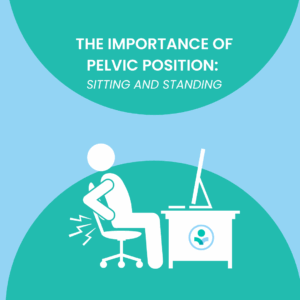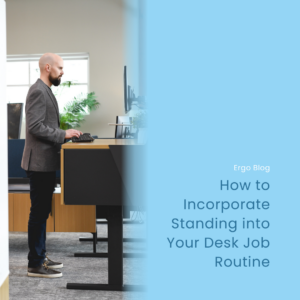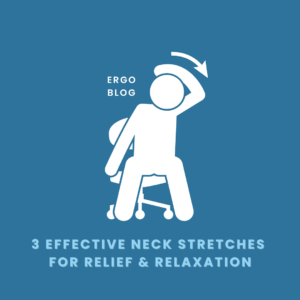Updated: Jun 29, 2023
What Is the Power Zone / Comfort Zone / Golden Zone?
When we are completing physical activities, our bodies move in such a way to get the job done. But just because our bodies can move a certain way, does not always mean that we should continue to make it happen. Let’s take lifting, for example. If a box is needed to be lifted from the floor, some people would bend over at their waist to grab ahold of the box and lift it. However, this is not a safe position to get yourself in. Most of the work and effort to get you back into standing is going to happen at your low back, which is not recommended. Now let’s consider the comment “Lift with your legs, not your back.” Instead of bending over at your waist, you could instead squat down with your back straight and arms close to your sides right before lifting the heavy box. This position would allow for a much easier time to transfer back into a standing position because of how our bodies are designed to move.
How to implement the power zone?
As mentioned above, the correct way to lift a heavy box is to get close to the item in need of lifting. When are arms are by our sides and elbows are at about 90 degrees this is considered our power zone. This is the zone where our upper body is in a neutral position. Some literature suggests that the power zone is between our mid-thigh and mid-chest. If most of your work is completed when your body is in the power zone, you are at a decreased risk for injury compared to someone who oftentimes works outside of their power zone. Also, avoid reaching outward where your elbows are no longer at your sides. Extended reaching outside of your power zone can put you at a higher risk of injury as well.
Power zone considerations are not just for lifting boxes. Explore the following areas as well to improve your power zone habits from day to day.
- When driving, place your hands on your steering wheel at 9 and 3 (8 and 4 or 7 and 5). Avoid placing one hand at 12 o’clock.
- If you are in the kitchen meal-prepping, chop fruits and vegetables with your upper body in your power zone.
- Consider the times when you are pushing a cart, lawn mower, or snowblower, and practice keeping an upright posture. Try to keep the cart or equipment close to you.
- Using a mobile device can be a little tricky as people tend to rest these items on their laps while looking at the screen. Elevate the height of your device to avoid excessive neck flexion.
- Completing repetitive tasks such as typing and assembly in your power zone is important to focus on as well.
- Caring for your children and babies creates additional needs throughout the day. Practice good habits whether you are lifting a child or changing a diaper.
When your body is in your power zone, less energy is needed to complete a task. By eliminating awkward postures, reduced muscle fatigue and muscle strain also occur. By being mindful of the power zone you can improve your overall health and well-being.
Once you get into the habit of applying the power zone to one aspect of your life, it becomes easier to implement it into other parts of your life. Find the area where it would be easiest to apply. Once you establish that goal, tackle the next area that you want to focus on. If there is an area within your home or work environment that you are struggling to find a solution for, please contact us. We can work together to help you move better.
Check out our YouTube video below for a visual representation of the blog!



